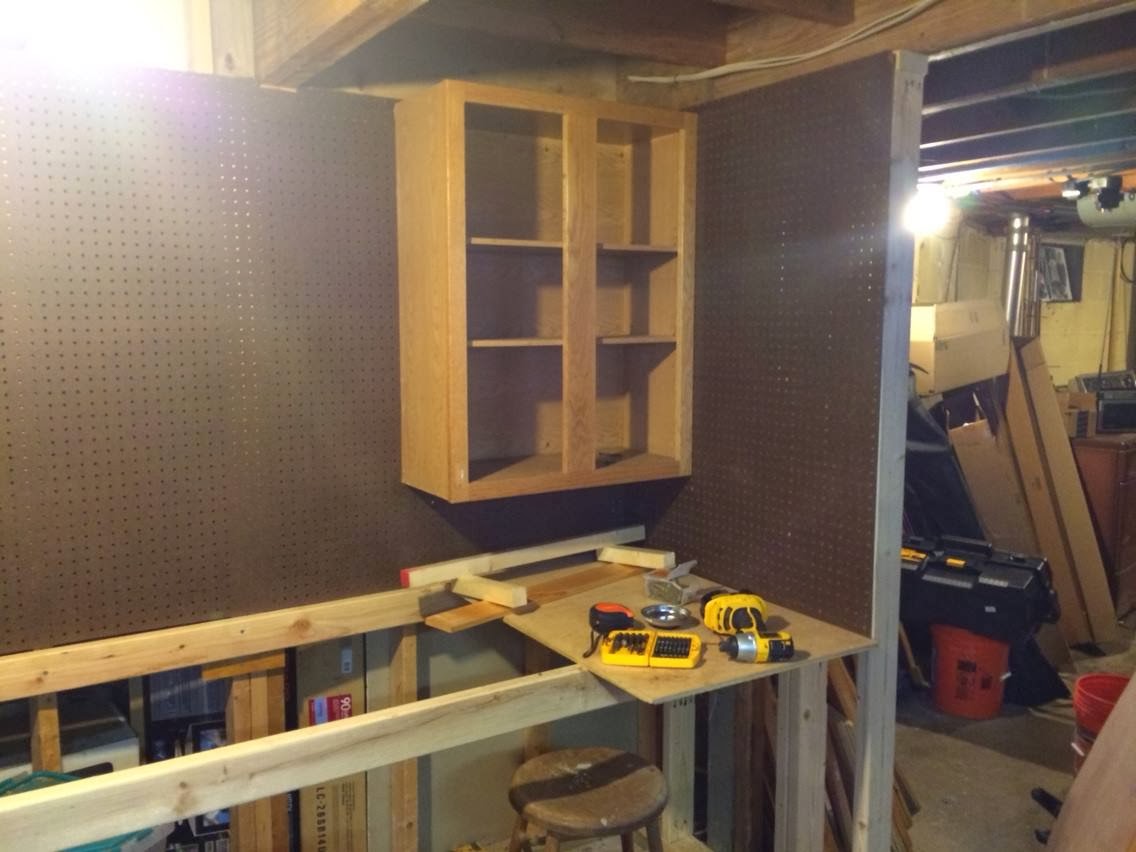The short barreled (or if you prefer, snub nosed) revolver is a classic American design. It was made popular by TV and the movies, the preferred carry of plainclothesmen and off-duty cops for decades, and even in the days of pocket-sized 9mms it continues on. I like .38 special as I reload for it, which means I have a good supply of low-cost ammunition, and I can custom make loads you simply can't buy, and I like the idea of a reasonably powerful pistol that's still small and light enough to carry in a waist pack when in the wilderness. I've owned two snubbies previous to this one, both of which I sold, in large part because a lightweight .38 is just not that comfortable to shoot.
The first one I owned was a
Smith & Wesson 442 Airweight, S&W's budget snubbie. Even with the soft grips it was right on the edge of painful to shoot. Add to that that fact that it's a shrouded hammer design- supposedly better for snag-free drawing, but I like the single-action option. I sold it for close to what I paid for it, and then a year later I happened on a somewhat collectable revolver- a
Miroku Liberty Chief in .38spl, a high quality Japanese made gun (Miroku builds guns for Browning and Charles Daly) that combined elements from both S&W and Colt designs. I sold it in part because it occurred to me that spare parts would be difficult to find if it ever broke- although someone told me later that he carried one in Vietnam for his full tour with no difficulties.
I still liked the idea of having a small-frame .38, and the Ruger LCR intrigued me. It has a lot going for it- It's made by Ruger, the polymer frame is said to be shock absorbing, and it's gotten a lot of very positive reviews. But it had one strike against it- no hammer. Then Ruger announced the LCRx, an LCR with a hammer. I was hooked. I found a local dealer who quoted a very good price and asked him to order me one. A few days later I had it in hand, and header to my club's indoor range with a box of 100 light 148gr HBWC target reloads (2.7gr of Bullseye) and half a box (10) of Hornady 110gr Critical Defense FTX loads. The Hornadys currently list for about $1.47 each, so they're reserved for carry, but I did want to see how they performed.
First test was with the target loads: 10 rounds at 20 feet, double action, holding at the 10 ring:
Not outstanding, but every round landed in the 7 ring or higher. That's effective combat shooting. The gun was a bit painful to shoot, so I tried adjusting my grip. I discovered that holding the gun a bit lower made a big difference; I think my big hands were catching an unpadded part of backstrap in recoil. There's an extra-soft section on part of the grip over the backstrap, and this is the part you want in the web between thumb and index finger. I also tightened up on the lower part of the grip to keep the gun from rotating as much, and that made a significant difference. This is all basic stuff, but sometimes you have to stop and remind yourself of the basics- even if you've been shooting for over 50 years. Especially if you've been shooting for that long. ;-)
Next: Target loads at 30 feet:
50% farther, but the group isn't 50% bigger. I was tightening up a bit. I also tried two of the Hornadys, which made the smaller holes near the bottom of the group. They were appreciably louder than my target loads, and were accompanied by a lot of flash, which suggests a slower burning powder.
Last, on to 50 feet:
Just five shots here, but note that the group isn't a lot bigger than the 20 foot group. I was getting better at controlling the gun. I wondered if I could do even better shooting single action while sitting down.
That's a four inch group, about half the size of my offhand group at that distance. (Yes, I know there are only four. The fifth doesn't count ;-)
Lastly, for comparison, my Ruger LCP, also at 50 feet, with 90gr Speer "Lawman" FMJ loads:
I think of the LCP as a harsh recoiling gun, but I was surprised how much more comfortable it was to shoot than the LCRx- and how much more accurate. Neither gun has much in the way of sights, and the LCP's are even cruder than the LCRx's, but the LCP did significantly better than the LCRx.
So the LCP is potentially more accurate than the LCR, as well as being more comfortable to shoot, and significantly smaller, for that matter. Does this mean I'm unhappy with the LCRx? Nope. I still like the simplicity of the revolver design, the ability to fire a significantly more powerful cartridge, the flexibility of the .38 Special cartridge, and the fact that I can produce all the .38 special cartridges I need while .380 is still in short supply everywhere.
If you find the design of the LCRx interesting, but you're looking for a milder-recoiling gun, Ruger has stated that the LCRx will eventually be available on .22LR and .22Mag, too, just like the hammerless LCR. I think an LCRx in .22LR would be a great "kit gun" that the fisherman, hunter, or trapper could carry in a pocket. (And if you like deafening noises and blinding flash, .357 will be an option, too.)



























